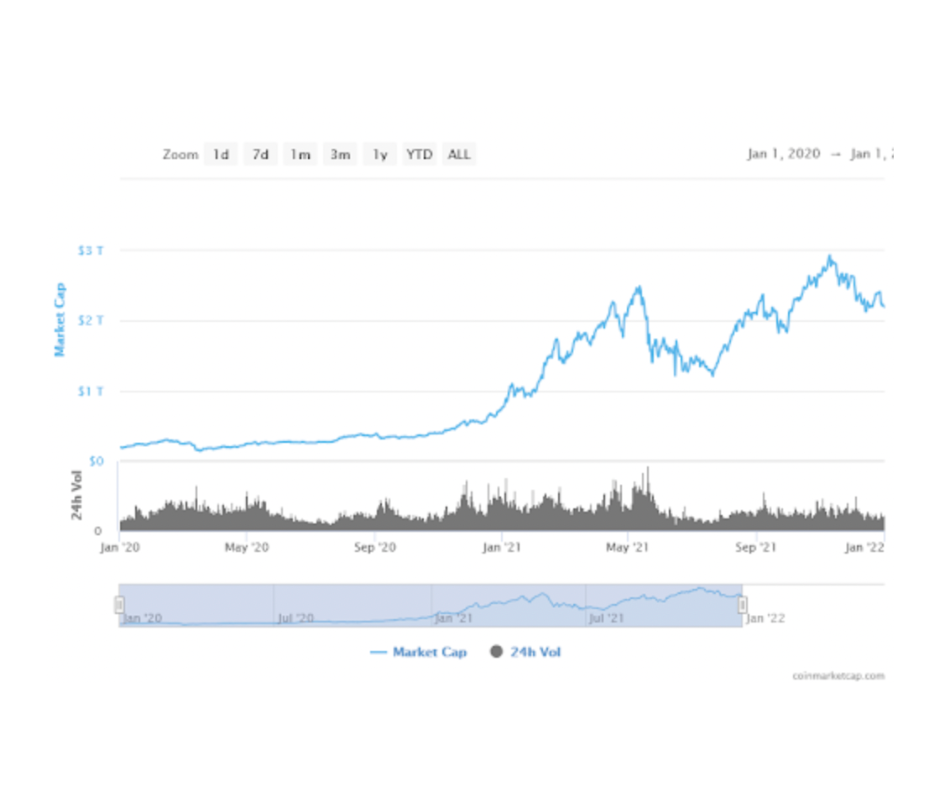Being unbanked puts a person in constant financial strife that primarily affects the low-income population, immigrants, and young adults, and implies shifting to high-cost alternatives, the inability to access affordable credit, as well as higher cashout and mailing money order fees, to say the least.
Although 2019 marked itself as the year with the lowest percentage of unbanked households in the United States, over the past years, a survey from the Federal Deposit Insurance Corporation still estimated that over 5% of households — or 7 million homes — in the country did not have access to basic banking services like having a debit account.
On a global scale, there were 1.7 billion unbanked or underbanked people, in 2021, where Morocco, Vietnam, Egypt, the Philippines, and Mexico took the lead. In those countries, more than 60% of the population does not have bank accounts. At the same time, 50% of the population in the Middle East and Africa do not use banking services in any capacity.
From a personal perspective, it means that a living of the underserved includes a slew of inconveniences and excessive financial burdens. Among the most common ones, people will likely name you additional charges for money sending, late payments due to time-consuming paperwork, and paying more for less housing as, generally, there is a trust issue when it comes to the citizens in the lower segment, unlike those having a good credit history.
It makes their income even lower. Add to this the COVID-19 pandemic that forced people to turn to electronic payments, while leaving many reliant on cash. The conveniences people usually take for granted became unavailable for the unbanked, like even paying for mainstream goods and services.
New technologies step in to help the unbanked
Despite the global trend for digitization, today’s traditional banks cannot address the basic needs of the unbanked population, such as providing it with access to electronic funds, issuing a debit card, and ensuring quick access to cash. This is mainly because these people do not have a track of their financial or banking history, which makes it difficult to conduct a proper credit risk assessment.
The deployment of emerging technologies, like fintech, can dramatically change the situation by eliminating major obstacles. Moreover, research by Accenture shows that banking the unbanked population can add financial institutions billions of dollars in annual revenues.
New technologies make it possible for people to open a bank account via a mobile banking app, which also allows for doing everything traditional banks offer, including checking balances, paying bills, transferring funds, locating ATMs, opening savings accounts, and managing money in any other way.
Some have gone beyond by extending traditional finance with digital asset offerings. The rise in the global cryptocurrency market — an almost fivefold increase from the beginning of 2020 to the beginning of 2022, according to Coinmarketcap — perfectly demonstrates the huge popularity and relevance of this asset class.

Leveraging blockchain and data analytics for better offerings
With more than 50% of unbanked adults in the U.S. willing to open a bank account and a greater number of people owning a smartphone than having a bank account, fintech companies — that incorporate blockchain, artificial intelligence, and data science — are taking vigorous steps towards a revolution in the banking and payments sector.
This is especially relevant to low-balance customers who, according to general bank policies, have to maintain a minimum balance of $500 on average on their account. Fintech projects address this issue by offering affordable alternatives and removing the necessity of keeping a minimum balance.
Challenger banks enable building mutual trust by allowing people with no established credit history to open an account and analyzing user payment behavior since all the operations happen online. Thus, fintech-focused companies can both better address people’s needs and reach larger audiences and remain competitive in the field.
With blockchain, secure peer-to-peer money transfers are conducted almost instantaneously as the technology eliminates the middle-man, or a third party that, in the traditional banking system, processes payments. Numerous studies have proved that the usage of blockchain in payments processing can save both the company and customer a significant amount of time and money.
The deployment of smart contracts is another way to establish trust in the industry. After setting up a digital blockchain-based wallet, customers can pay bills and apply for microloans and micro-credit, apart from other things.
Since transaction data is stored on the blockchain, online banks can use it to develop more advanced loyalty, reward, and partner programs. All this combined potentially can help the underserved population prove their creditworthiness to larger financial organizations.
Financial inclusion is a fundamental part of creating an equitable society and ensuring economic growth. With multiple fintech initiatives being launched around the world addressing various issues and needs, it seems promising that the financial inequality gap will be closed soon.
Still, when introducing new solutions in the market, it is important for projects to make sure they have carefully deployed novel technologies — like AI algorithms — so that the products they offer are free from human biases and even discrimination.




